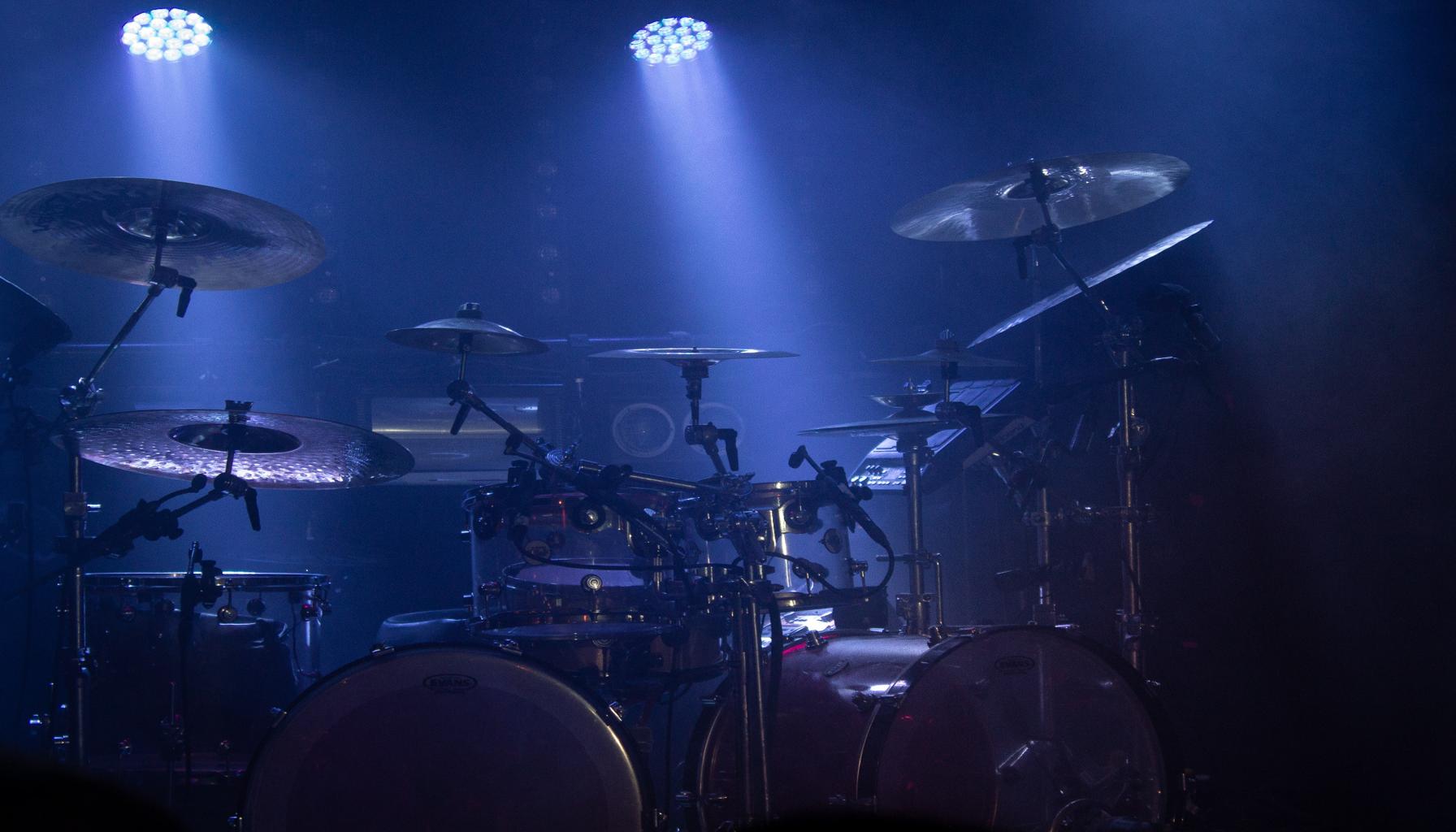
Golf and music are two seemingly disparate worlds, but at their core, they converge profoundly through the concept of rhythm. Rhythm serves as the heartbeat of both practices, a foundational element that drives performance and perfection in these fields. In exploring how rhythm connects golf and music, we uncover a fascinating dialogue between physical action and artistic expression.
Rhythm in Golf: The Pulse of Precision
In golf, rhythm isn’t just an “abstract concept” it’s a critical component of every swing and every shot. The rhythm of a golfer’s swing dictates the smoothness and effectiveness of the stroke. It involves a precise tempo during the backswing and follow-through, where timing is everything. If the golfer rushes or slows down at key moments of the swing, the result can be a drive that is sliced, hooked, or completely mis-hit.
The rhythm in golf also extends to the mental game. Walking from one hole to the next, the golfer finds a pace and a beat that keeps their mind focused and sharp. This mental rhythm helps players maintain consistency over the hours it takes to complete a round, allowing them to stay calm under pressure and execute shots with both power and precision.
Rhythm in Music: The Architecture of Sound
In music, rhythm organizes time into comprehensible and expectant patterns, creating a framework upon which melodies and harmonies are built. For musicians, mastering rhythm is essential to ensuring that notes are not just played, but resonate with intent, emotion, and energy. Rhythm dictates the pace at which the music moves, it influences the mood of the piece, and it binds the listeners and performers in a shared temporal experience.
Musicians, much like golfers, practice extensively to hone their timing and rhythmic precision. A drummer or a bassist in a band must keep a consistent beat, much like a golfer maintains a consistent swing rhythm. This consistency sets the foundation for other musicians in the band to explore and express, creating a dynamic and cohesive musical experience.
The Synchrony of Rhythm in Golf and Music
The concept of rhythm as a connecting thread between golf and music is compelling because it highlights the synchronization required in both fields. In golf, the rhythm of a swing must sync with the environmental conditions, the golfer’s body mechanics, and the intended trajectory of the ball. Each round of golf is like a live performance, where the golfer must adapt and maintain their rhythm in response to the changing conditions of the course.
Similarly, in music, each performance is an act of synchronization. Musicians must align their rhythms with one another to ensure harmony and prevent discord. Like golfers adjusting their swing, musicians may alter their rhythm slightly to match the acoustics of a venue or the dynamics of a particular piece.
Conclusion: Rhythmic Mastery as Art and Skill
Both golf and music celebrate the art of timing and the skill of rhythmic precision. They require practitioners to develop a deep sensitivity to the rhythms that govern their actions, whether that be striking a ball or strumming a guitar. Mastery in both fields involves not just following a rhythm, but feeling it deeply, understanding its nuances, and using it to create moments of perfect harmony and powerful impact.